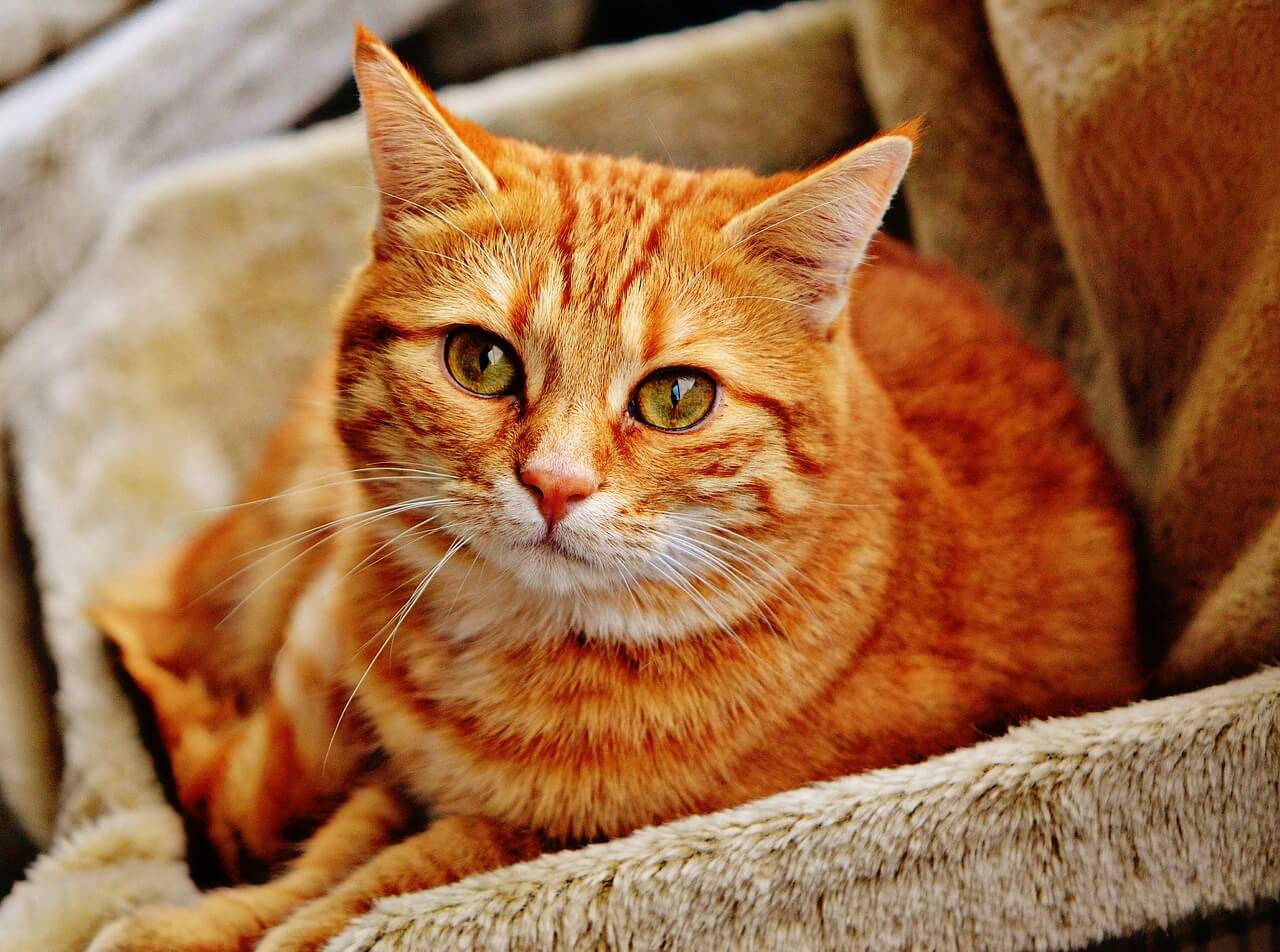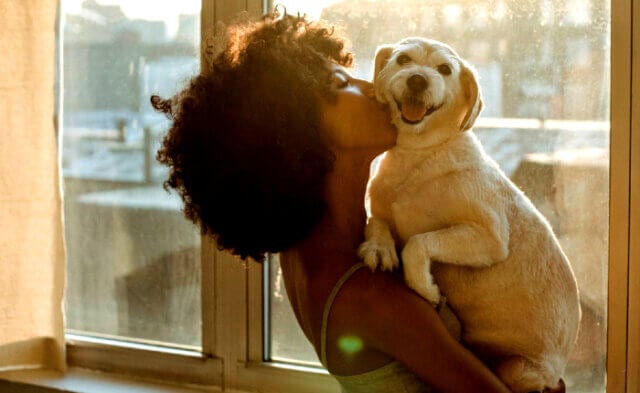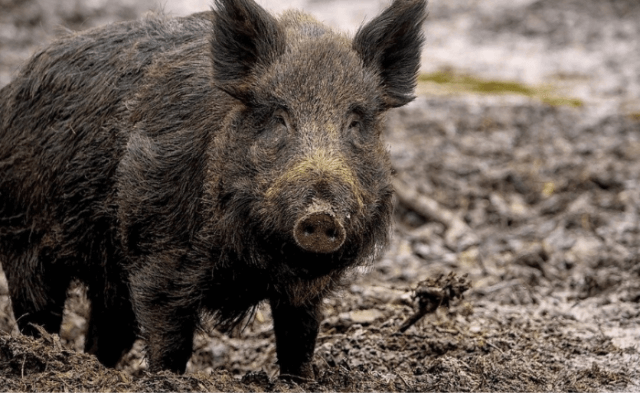By Melissa Rae Sanger
Winter brings a certain magic—blankets of snow, cozy evenings by the fireplace and the joy of seasonal festivities. Although I love winter, my thoughts are filled with an ever-present worry over animals who have very little (if anything) to protect them from the bitter cold. As winter tightens its icy embrace, we must take extra precautions to keep animals safe, comfortable and healthy.
First and foremost, bring companion animals indoors. Frigid temperatures spell misery and death for those forced to try to survive outside.
Life at the end of a chain or isolated in an outdoor pen isn’t much of a life at all. Dogs who are kept outside are often deprived of adequate food, water, shelter and veterinary care. And when the temperatures drop, their risks increase. Starvation, dehydration, frostbite and hypothermia can quickly overcome them. At this very moment, countless dogs are languishing alone. “Out of sight, out of mind” often leads to death for these desperately lonely animals. In 2022, 35 dogs and other companion animals in the U.S. died from causes related to cold weather, and those are just the incidents that were reported. Most aren’t.
If you see an animal shivering without adequate shelter or with frozen water or empty food or water bowls, please note their exact location and alert local law-enforcement authorities immediately. Anyone who leaves dogs outside to suffer in severe weather may be prosecuted.
Cats left outdoors in the cold don’t fare any better. Many suffer from frostbitten feet and tails or succumb to dehydration or hypothermia. In their desperation for warmth, cats sometimes climb under the hoods of cars to be near warm engines and are sliced to ribbons when the car is started. Always bang on the hood of your car before starting the engine, just in case.
One common misconception is that animals’ fur provides sufficient protection against the cold, but because animals kept as companions have been domesticated for centuries, they display a characteristic called neoteny, which involves retaining juvenile traits such as soft fur. As a result, their fur is no match for hours of exposure to subfreezing temperatures, just as even the thickest winter coat wouldn’t keep you warm if you had to sit outdoors on a snowbank 24/7. And smaller, short-haired dogs and elderly or very young animals are especially vulnerable.
Another misconception is that animals don’t need as much water in cold weather. Winter air can be deceptively dry and can actually increase the amount of water they need for adequate hydration. Ensure that your animal companions have access to fresh, unfrozen water at all times.

Much like we bundle up in layers to combat the cold, specially designed sweaters and jackets can help keep animals warm during walks and bathroom breaks. Be mindful of their comfort and mobility and choose clothing that fits well without restricting movement.
Exercise is necessary to maintain animals’ physical and mental health, but it’s important to strike a balance in cold weather. Shorter, more frequent walks are preferable to prolonged outdoor activities, especially in extreme conditions. Always wipe animals’ feet, legs and stomachs after outdoor excursions to remove any salt or ice, and be sure to use animal-safe deicing products at home.
During especially harsh weather, extend a helping hand to birds and other wildlife. By filling a sturdy nonmetal bowl with water—warm tongues can stick to cold metal—you can provide a vital, hard-to-come-by resource during the unforgiving winter months. As ice forms on the surface, remember to break it at least twice a day. And although it’s best to provide birds with natural sources of food and shelter by planting flowers and trees that produce seeds and berries, supplying a blend of seeds that includes high-calorie oiled sunflower seeds can give them a much-needed boost in the wintertime.
Keeping animals safe in cold weather requires a combination of preparation, observation and compassion. By taking these steps, we can turn winter into what feels like the warmest season of all.





